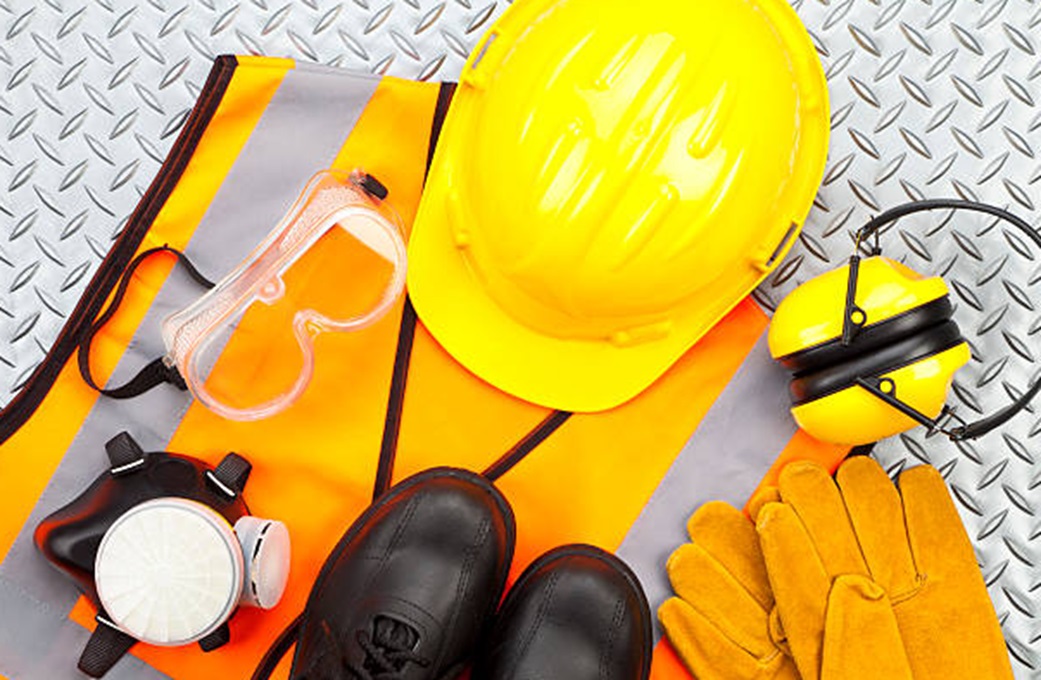By government and local body rules, every business that handles, uses or keeps dangerous goods needs to have and use suitable dangerous goods storage cabinets or places. Any hazardous materials that could react with other compounds if they come into contact with one other must be stored separately. To reduce damage to property, people, or the environment, dangerous substances must be stored safely and properly. The best way to do this is with WSSA Safety Equipment. To keep their contents inside appropriately built storage cabinets, they must be housed in containers with big spill sumps.
What Are The Characteristics Of Dangerous Goods?
Flammable, explosive, corrosive, combustible, water-reactive compounds or oxidising, and others are considered dangerous substances. Dangerous goods can cause explosions or fires and significant injury, death, and widespread damage.
The Dangerous Goods Act of 1985 (DG Act) establishes what constitutes dangerous goods. The following are some examples of common harmful goods:
- Combustible liquids (flammable paints, turpentine, petrol, kerosene, flammable paints and more)
- Corrosive substances (hydrochloric acid)
- Combustible gases (LP Gas)
- Gases that are non-flammable and non-toxic (CO2)
- Asbestos\explosives
Storage And Transporting Dangerous Goods
Manufacturers, suppliers, and occupiers of workplaces where dangerous items are stored or handled have legal obligations under the Dangerous Goods (Storage and Handling) Regulations 2012. The Code of Practice for the Storage and Handling of Dangerous Goods guides compliance with the regulations.
Storing Dangerous Goods In A Safe Way
- Make sure that all containers are properly labelled, undamaged, and sealed.
- Before using any safety equipment or clothing, inspect it thoroughly. It should be changed if it is damaged or out of date because it is unlikely to provide effective protection. When handling dangerous goods, always wear the proper safety equipment, such as safety glasses, gloves, and suitable filtering masks.
- Before utilising dangerous goods, always read the safety data sheets and labels to ensure that you know the safety and handling requirements. Don’t utilise harmful things for anything other than what they were designed for.
- When working with hazardous products, never eat, drink, or smoke near them. After using the product, wash your hands with the suggested hand cleaner before handling food, drink, or things such as contact lenses or before applying anything to the skin.
- Separate incompatible harmful goods in specifically constructed dangerous goods storage cabinets that are sufficiently ventilated. Humidity can cause liquid chemicals to evaporate and powders to cake or solidify if stored indefinitely. To prevent the escape of gases or vapours, all containers must have tightly sealed lids. Ensure that all manufacturers’ expiration dates are meticulously recorded and followed, particularly for reactive or toxic substances, are meticulously recorded and followed. Never keep liquids, large or heavy containers on high shelves or in high cabinets. They should be stored at or below shoulder level to make them easier to access and move. All obsolete, hardened, deteriorated, or vaporised materials should be disposed of as soon as they are detected.
- Toxic, volatile, and odoriferous chemicals must be kept in specially built, well-ventilated cabinets isolated from any sources of heat or anywhere where an unintended leak could jeopardise other dangerous goods, people, or property.
- Flammable liquids must be kept separate from other chemicals and dangerous goods in authorised flammable liquid storage cabinets. To guarantee that any spills are collected, all corrosive compounds should be stored in non-corrosive containers with spillage sumps to guarantee that any spills are collected.
Hazardous items must be stored so that they do not endanger persons, property, or the environment. The common workplace practice of storing small amounts of dangerous goods on or under workbenches or on top of cabinets should be discouraged or prohibited because it may pose a risk in the event of a dangerous goods spill or natural disaster, where other dangerous goods may react with incorrectly or incorrectly stored dangerous goods.
Making an effort to inspect your office or home for dangerous goods and properly storing them could prevent you, your family, or your coworkers from major bodily harm or property loss due to fire or chemical damages.
Wholesale Safety Storage Australia guarantees that they will meet Australian Standard on all our safety equipment. Contact us today!


